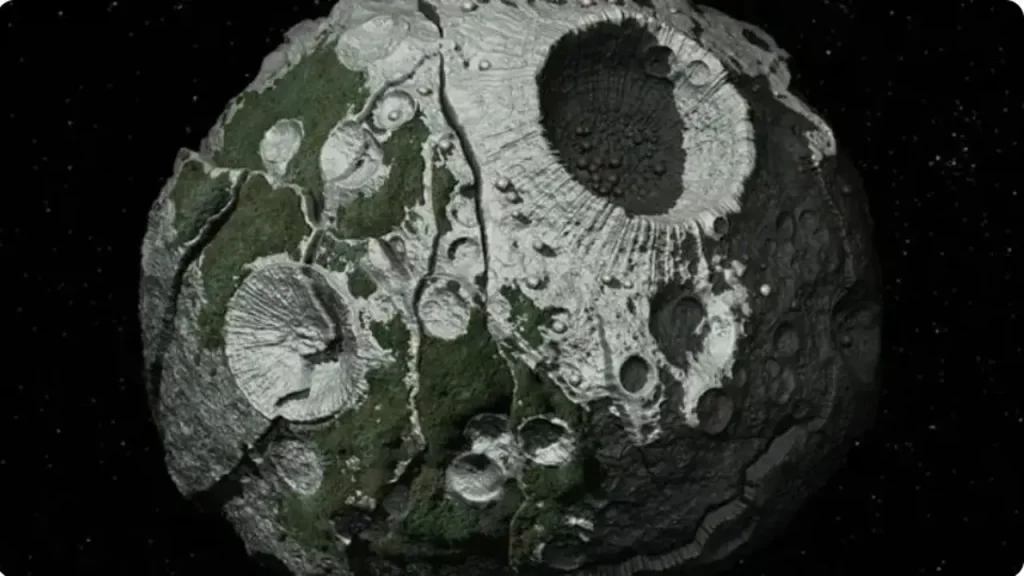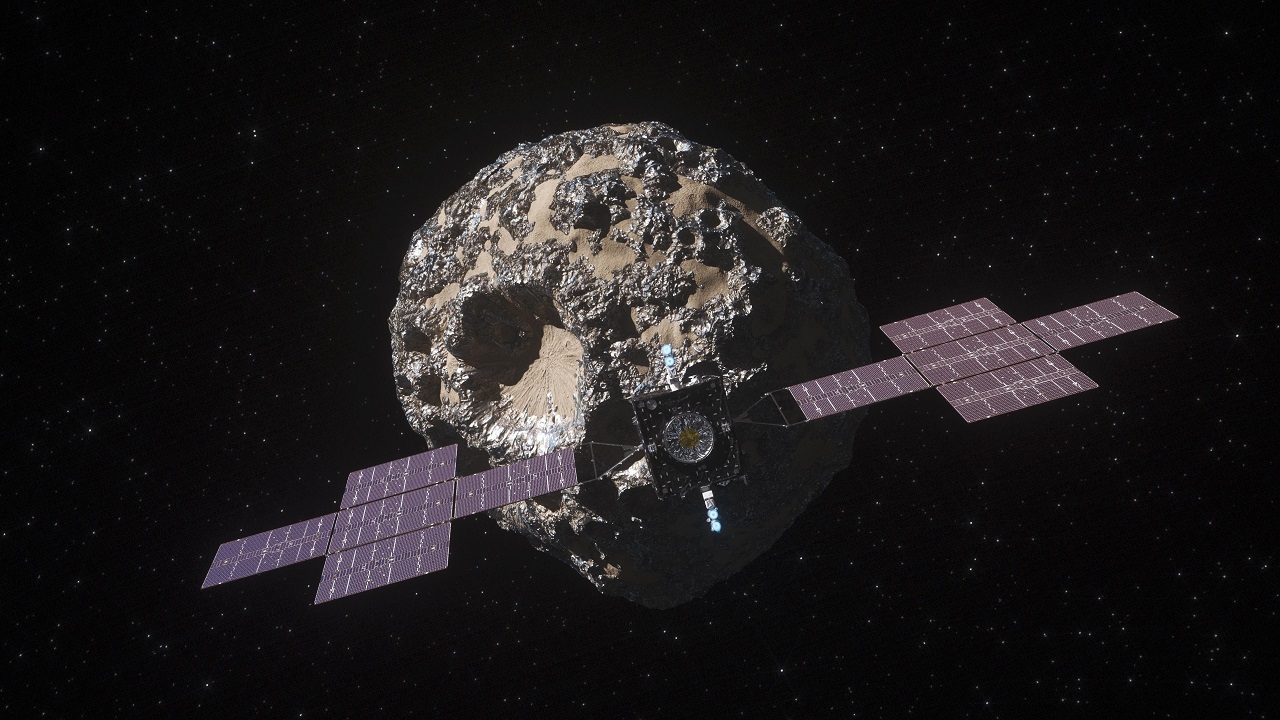NASA is preparing for a new discovery. The space agency is set to launch the Psyche spacecraft to explore an asteroid rich in metals soon. However, the wind is not in NASA’s favor. Unfortunately, the weather conditions around the Kennedy Space Center in Florida are not suitable for launch. If the weather conditions do not improve, the flight may be postponed to another time. Here are the details…
Inclement Weather Hinders NASA’s Psyche Space Mission!
According to the space calendar, there are only a few hours left for the Psyche spacecraft to start its mission. If everything goes well, the spacecraft is scheduled to be launched on Thursday, October 12th, using SpaceX’s triple-booster Falcon Heavy rocket. However, officials have encountered an unforeseen setback. On Tuesday, NASA drew attention to the report from the 45th Space Wing officials in a message published on their website.

This report provides detailed assessments for weather and space operations in the United States. The report lists anvils, cumulative clouds, and surface electric field rules as primary concerns. According to this report, only 20% of acceptable weather conditions are being met. Unfortunately, these conditions indicate that the launch date needs to be postponed.
Due to adverse weather conditions, if the launch cannot take place, the Psyche mission will be rescheduled for a suitable date, with the closest option being October 25th.
The Psyche mission is indeed intriguing and a historic endeavor. NASA’s Psyche spacecraft will be the first space probe to explore an asteroid with a surface believed to be rich in metal content. This mission will mark a significant milestone in space history.
The Psyche spacecraft will embark on a journey of approximately six years to reach the asteroid. It will travel to a region between Mars and Jupiter and begin its exploration of this unique asteroid. The mission is expected to shed light on the early stages of our solar system and help unravel important mysteries about the formation of rocky planets. The spacecraft will utilize various scientific instruments to study the 170-mile-wide asteroid and collect valuable data.














